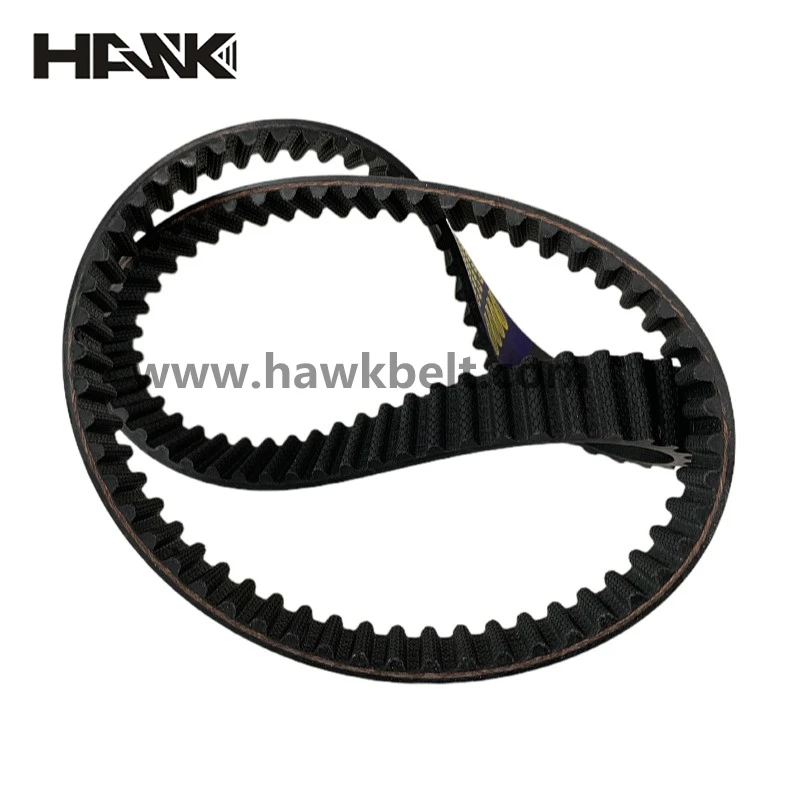- Arabic
- French
- Russian
- Spanish
- Portuguese
- Turkish
- Armenian
- English
- Albanian
- Amharic
- Azerbaijani
- Basque
- Belarusian
- Bengali
- Bosnian
- Bulgarian
- Catalan
- Cebuano
- Corsican
- Croatian
- Czech
- Danish
- Dutch
- Afrikaans
- Esperanto
- Estonian
- Finnish
- Frisian
- Galician
- Georgian
- German
- Greek
- Gujarati
- Haitian Creole
- hausa
- hawaiian
- Hebrew
- Hindi
- Miao
- Hungarian
- Icelandic
- igbo
- Indonesian
- irish
- Italian
- Japanese
- Javanese
- Kannada
- kazakh
- Khmer
- Rwandese
- Korean
- Kurdish
- Kyrgyz
- Lao
- Latin
- Latvian
- Lithuanian
- Luxembourgish
- Macedonian
- Malgashi
- Malay
- Malayalam
- Maltese
- Maori
- Marathi
- Mongolian
- Myanmar
- Nepali
- Norwegian
- Norwegian
- Occitan
- Pashto
- Persian
- Polish
- Punjabi
- Romanian
- Samoan
- Scottish Gaelic
- Serbian
- Sesotho
- Shona
- Sindhi
- Sinhala
- Slovak
- Slovenian
- Somali
- Sundanese
- Swahili
- Swedish
- Tagalog
- Tajik
- Tamil
- Tatar
- Telugu
- Thai
- Turkmen
- Ukrainian
- Urdu
- Uighur
- Uzbek
- Vietnamese
- Welsh
- Bantu
- Yiddish
- Yoruba
- Zulu
नोभ . 19, 2024 04:05 Back to list
High-quality 8PK Rubber V-Belt for Reliable Performance and Longevity
Understanding the V-Belt A Deep Dive into 8PK V-Belts
V-belts have been an integral part of mechanical engineering and automotive industries for decades. Among the various types of V-belts available in the market, the 8PK V-belt stands out due to its unique characteristics and applications. In this article, we’ll explore what V-belts are, the significance of the 8PK designation, and the material used in manufacturing these belts—especially focusing on rubber.
What is a V-Belt?
A V-belt is a type of belt used to transfer power between pulleys while ensuring smooth operation. It has a trapezoidal cross-section, which allows it to fit snugly into the grooves of a pulley. This design provides a larger surface area for friction, which in turn allows for the efficient transfer of power. V-belts are commonly used in engines, machinery, and various industrial applications. Their ability to handle tension and flex makes them versatile and effective for various movements, from rotational to linear.
The 8PK Designation
The 8PK designation refers to a specific type of V-belt that has eight ribs or grooves along its length. This ribbed design allows the belt to provide greater grip and power transmission capabilities compared to flat belts. The 'P' in 8PK stands for Poly-V, indicating that this belt is designed for multiple grooves, enhancing its efficiency and load-carrying capacity.
8PK V-belts are typically used in applications where high torque is required, such as automotive engines, industrial machines, and agricultural equipment. Their construction enables them to maintain a tight grip and a stable connection even under challenging operating conditions. This durability and performance make them ideal for high-load applications.
Material Composition Rubber in V-Belts
Rubber is the predominant material used in the manufacturing of V-belts, including the 8PK variant. The choice of rubber is essential due to its inherent properties, which make it suitable for power transmission
1. Flexibility and Elasticity Rubber V-belts can bend around pulleys without losing their integrity. This flexibility allows for smooth operation and reduces wear over time.
v belt 8pk\/v belt rubber

2. Friction Resistance The rubber surface provides excellent traction against the pulleys. This quality minimizes slippage, ensuring that the power is transmitted efficiently.
3. Durability Rubber belts can withstand various environmental conditions, including temperature fluctuations and exposure to oils and chemicals. This resilience contributes to a longer lifespan.
4. Noise Reduction The material’s properties help in dampening vibrations and noise generated during operation, making for a quieter working environment.
5. Cost-Effectiveness Rubber V-belts tend to be more affordable than belts made from other materials. Their availability and cost-effectiveness make them a popular choice for many applications.
Applications of 8PK V-Belts
The versatility of 8PK V-belts allows them to be employed in numerous applications, including
- Automobiles In vehicles, these belts are used in the drive systems, connecting the engine’s power to accessories like the alternator, water pump, and air conditioning compressor. - Industrial Machinery They are essential components in various machines, ensuring efficient operation in conveyors, mills, and other heavy equipment.
- Agricultural Equipment 8PK V-belts are commonly found in tractors and other farming machinery, helping to power essential tools and equipment required for agricultural tasks.
Conclusion
The 8PK V-belt is a highly effective component in the spectrum of mechanical systems and applications. Its robust rubber construction, paired with the efficiency of the ribbed design, makes it ideal for a variety of demanding environments. As industries continue to evolve and expand, understanding the significance of such components remains crucial for engineers and technicians alike. Whether it’s in automobiles, industrial machinery, or agricultural equipment, the 8PK V-belt plays a vital role in ensuring seamless power transmission and operational efficiency.
-
Korean Auto Parts Timing Belt 24312-37500 For Hyundai/Kia
NewsMar.07,2025
-
7PK2300 90916-T2024 RIBBED BELT POLY V BELT PK BELT
NewsMar.07,2025
-
Chinese Auto Belt Factory 310-2M-22 For BMW/Mercedes-Benz
NewsMar.07,2025
-
Chinese Auto Belt Factory 310-2M-22 For BMW/Mercedes-Benz
NewsMar.07,2025
-
90916-02660 PK Belt 6PK1680 For Toyota
NewsMar.07,2025
-
drive belt serpentine belt
NewsMar.07,2025

